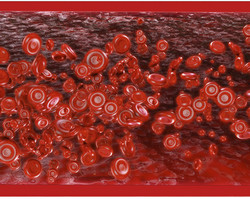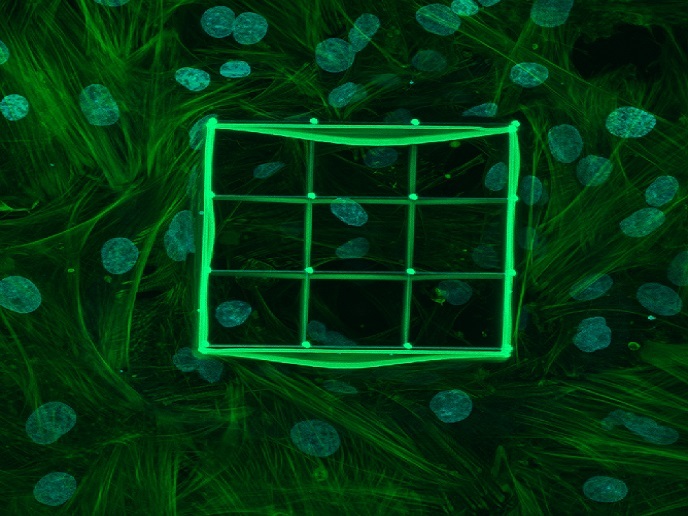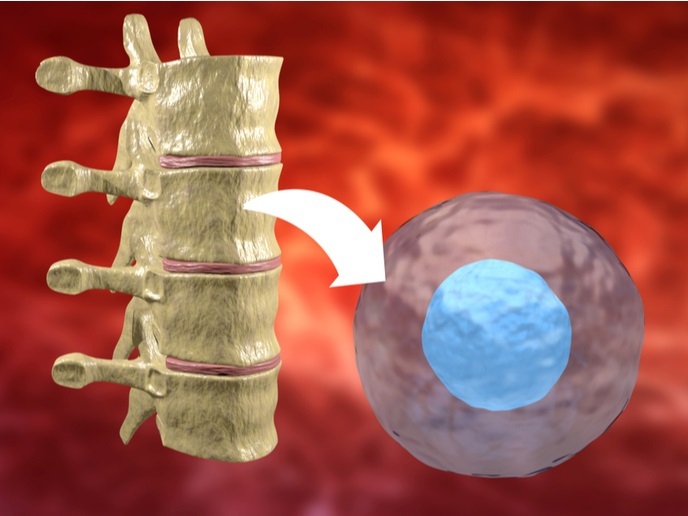Molecular insight into the ageing haematopoietic system
The term epigenetic modifications describes the genomic changes that do not involve alterations in the DNA sequence. These histone and DNA modifications play a key role in regulating gene expression during development and ageing. Recently, long non-coding RNAs (lncRNAs) have emerged as an important regulator of epigenetic state by guiding chromatin-modifying proteins to their genomic targets. With EU funding, the LINCAGE (Investigating the involvement of lincRNAs in aging of haematopoietic stem cells and in haematological malignancies) project set out to investigate the involvement of lncRNAs and other epigenetic factors in the functional changes that occur with age in haematopoietic stem cells (HSCs). HSC from elderly individuals have a reduced capacity to generate B lymphocytes, and exhibit an increased risk of malignant transformation, changes which have important implications for the health and well-being of the elderly. In the LINCAGE project, researchers screened existing databases to identify and functionally characterise chromatin-modifying enzymes and lncRNAs potentially implicated both in normal B-lymphoid differentiation, and in multiple myeloma, an age-associated B cell malignancy. Among the key findings, researchers observed that the lack of a specific methyltransferase enzyme responsible for epigenetic modifications leads to the loss of B cell potential of HSC. This observation was linked with aged HSCs and could be partially rescued. Taken together, the molecules identified in this study could translate into clinical benefit both as biomarkers and through the design of novel therapeutic approaches to treat disease and to reverse age-associated changes in the haematopoietic system.







